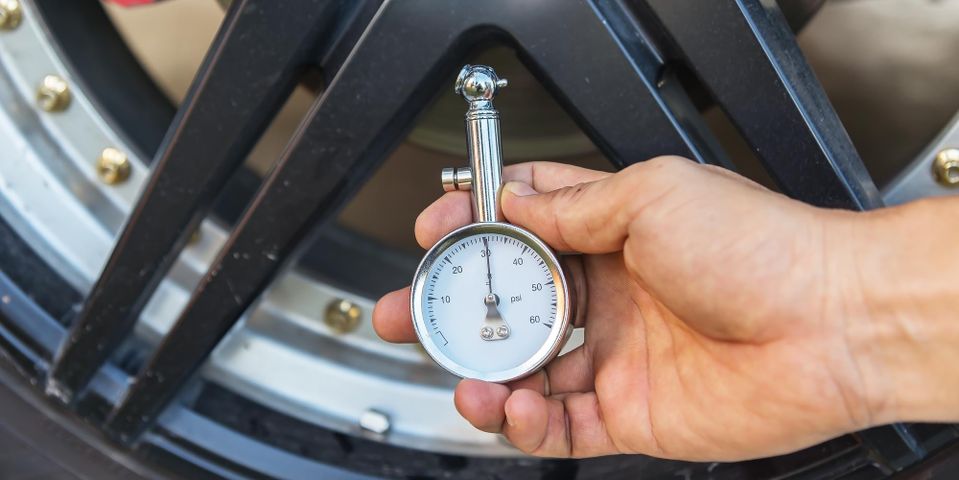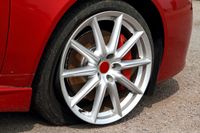How to Find the Right Pressure Level for Your Tires

For your tires to function as effectively as possible, they need to be inflated to their optimal level. Under-inflation and over inflation can lead to several problems, from accelerated wear to actual safety concerns. To avoid these issues, it’s a good idea to check your tire pressure about once per month. But first, you need to know what your ideal pressure is. Here’s what you should know.
Your Guide to Tire Pressure
Why Optimal Tire Pressure Is Important
Under-inflated tires take longer to respond since the shape can flex a bit when they come into contact with different surfaces. This makes cornering and braking take a bit longer. It also causes more resistance as the tires roll, which negatively impacts the fuel economy of your vehicle.
 Excessive inflation actually changes the shape of the tire so that only the center part of it comes into contact with the road. This causes the center tread to wear more quickly and can also lead to blowouts if the tire comes into contact with a hard surface.
Excessive inflation actually changes the shape of the tire so that only the center part of it comes into contact with the road. This causes the center tread to wear more quickly and can also lead to blowouts if the tire comes into contact with a hard surface.
How to Find Your Optimal Tire Pressure
Both your tires and your vehicle should offer guidelines about optimal tire pressure. Check your owner’s manual and your tire’s sidewall to find these guidelines. If they differ, go with the vehicle manufacturer’s recommendation. Then, use a tire gauge to check the pressure level when your tires are cold since tire pressure can fluctuate with changing weather and the recommended level is taken in cold temperatures. You should do this about once per month and before taking any long road trips.
If you need new tires or repair services, trust the professionals at Privitt Auto Service Center in Columbia, MO. The car repair shop has been serving area residents since 1963 and services both foreign and domestic vehicles. The skilled mechanics can provide a wide array of services, from oil changes to transmission and suspension repair. Visit the company’s website to request service or call (573) 449-7941 to speak with a technician directly.
About the Business
Have a question? Ask the experts!
Send your question

